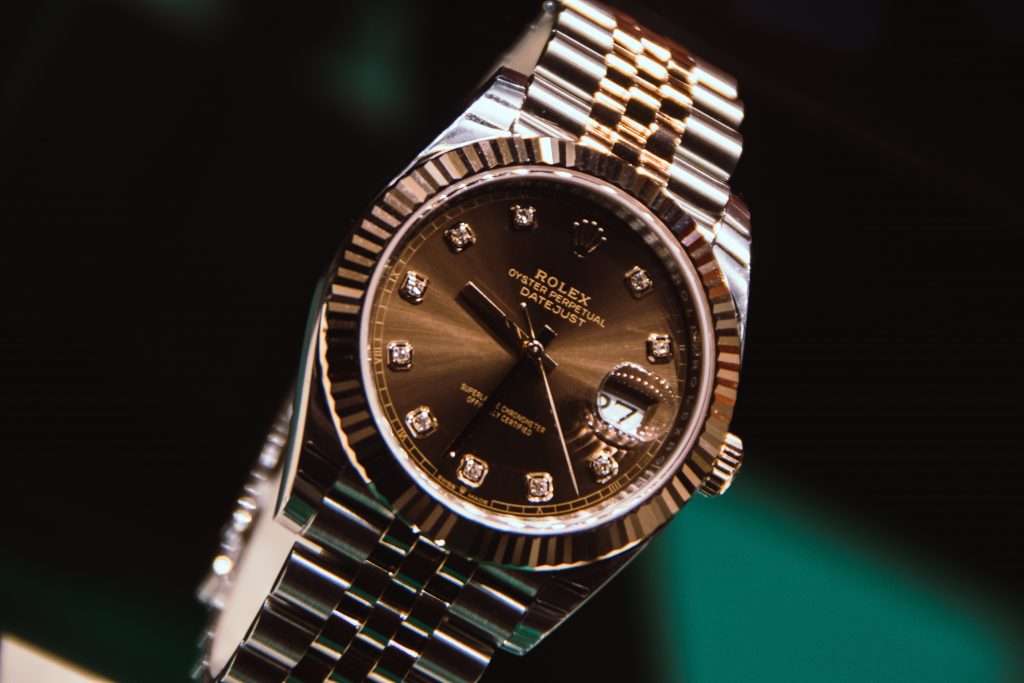Demand for major luxury watch brands on the decline

The biggest ever boom in Swiss luxury watches is coming to an end. For three years, the industry enjoyed a surge of renewed interest that kicked off during the pandemic, when wealthy – and cash-flush – consumers stuck at home began drooling over luxury mechanical wristwear from iconic Swiss brands. Demand for watches by Audemars Piguet, Rolex and others, boosted Swiss watch exports to record levels – almost 25 billion francs ($28.5 billion) in 2022.
Watch manufacturers have seen demand cool in recent months, while prices on secondary markets have tumbled. And executives — from those leading historic brands to upstarts who thrived during the recent frenzy — have started to accept that things are rapidly downshifting. The slowdown joins mounting tales of weakness across the broader luxury goods sector, where companies from LVMH to Gucci owner Kering SA have seen sales dented by inflation and recession worries.
The watch downturn was laid bare in November when Cartier-owner Richemont reported half-year results that showed a 3% decline in watch sales, and a 17% plunge in the Americas. The Swiss luxury conglomerate owns a stable of high-end brands including Vacheron Constantin — one of the so-called Holy Trinity of Swiss makers that includes Audemars Piguet and Patek Philippe.
“Luxury is (unfortunately) not recession-proof,” analysts at HSBC wrote last month as they warned that it’s farewell to the “stellar growth” of the post-pandemic years. Swiss watch exports declined in July for the first time in more than two years and average growth in recent months has fallen far short of the first-half pace.
For used watches, values have been dropping for more than a year. The Bloomberg Subdial Watch Index, which tracks the 50 most-traded models by value, has declined about 42% since its peak in April 2022.Production facilities were mothballed to comply with Covid lockdowns, and stores were shuttered, bringing in-person sales to a halt.
Instead, the opposite happened. The pandemic reminded the well-heeled that life could be fragile and short. Inspired by a new generation of social media influencers on Instagram and YouTube flashing a Rolex Daytona or a Patek Nautilus, they decided that when things got back to normal they would re-enter the world with a statement of wealth and taste on their wrist.
As watchmakers returned to their benches, they were met with a massive backlog and soaring waiting lists at stores. There was even hype at the cheaper end of the market when Swatch released its MoonSwatch in March 2022, a budget version of the famous Omega Speedmaster, the first watch worn on the moon.
The boom lifted Swiss watch exports to a record in 2021, when the US overtook China as the top market, and again in 2022. The sector is on track for another best-ever performance by value this year, but that’s largely been driven by the first half. More recently, the market has looked shakier.
“September and October have been tough,’’ said Ben Kűffer, the CEO of family-controlled Norqain, which makes sporty watches priced at an entry-level 3,000-5,000 francs. “Much slower than usual. In the U.S., it was definitely slower,” he said, noting that the Hamas-Israel war has contributed to the shift in consumer sentiment. Kűffer has cut forecast to 30%.
The industry’s October report showed a 5% year-on-year increase, but it was cheaper watches leading the gains. Exports of watches priced between 500 francs and 3,000 francs fell by value, a possible sign that enthusiasts are becoming frustrated with aggressive price increases.
The Swiss watch industry is significant in both popular culture cachet — think James Bond — and financial heft. Global retail sales totalled about 48 billion francs in 2022, according to Morgan Stanley estimates. The market for used timepieces is about $24 billion.For Switzerland itself, it’s an important part of the economy, the third largest export sector and employing about 60,000 people.
The slowdown is already rippling through the industry. Swiss-based component suppliers who once scoured for staff have begun cutting positions, several watchmaking executives said. Hodinkee, the influential US-based watch content-provider and retailer, recently implemented a second round of layoffs.
Industry giant Rolex, which makes more than a million watches a year with sales estimated in excess of 9 billion francs, raised prices twice in 2022. It moved once in January, when it traditionally increases the cost of its models, and again in September in the UK and November in European markets to offset the weak pound and euro. Rolex hiked again in January this year in the US and UK.
Swatch Group brands Omega, Longines and Tissot boosted prices in Europe and the UK in February. Omega raised prices by 8% in the US in July in a move analysts at Morgan Stanley said could hurt sales. Jaeger-LeCoultre added more than 20% to the price of some models while fellow Richemont marque A. Lange & Sohne of Germany also notched up prices.
Alongside price increases, watchmakers also responded to demand with a boost in production. “There’s a lot of watches in the market right now,’’ said Rolf Studer, co-CEO of Oris, a family-owned business founded in 1904. “Consumers are having other issues or finding other ways to spend their money so there is a lot of stock everywhere that must be eaten somewhere by somebody.”
Luxury watchmaking industry veteran Jean-Claude Biver said said the Swiss always end up producing too many watches even when demand slows down. “We should have learned and still we haven’t yet learned because we don’t have sufficient modesty,” he said. “We are a little bit arrogant. We feel that we are the king of the customer — and it’s the customer who is the king. You should never reverse this.’’


Responses